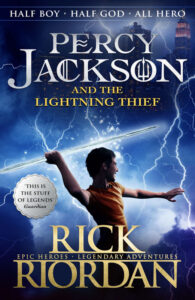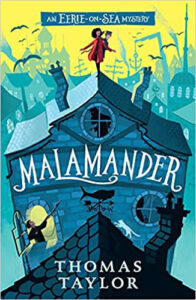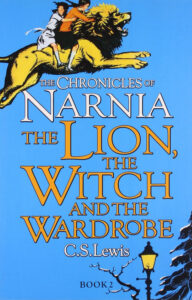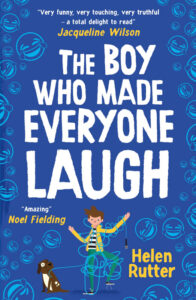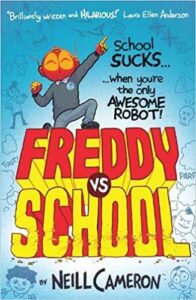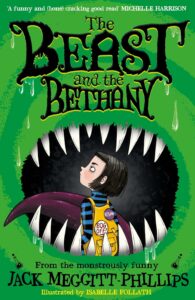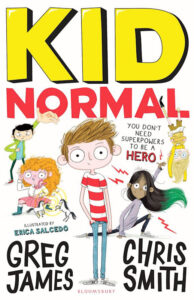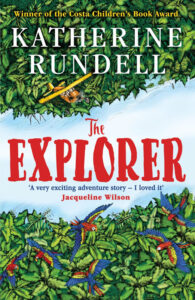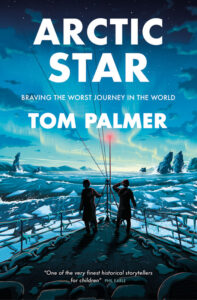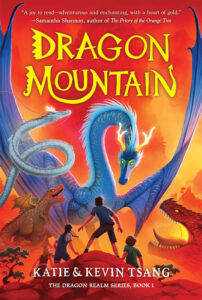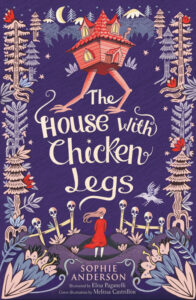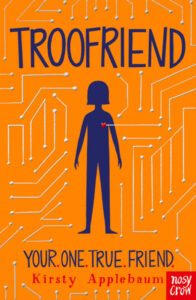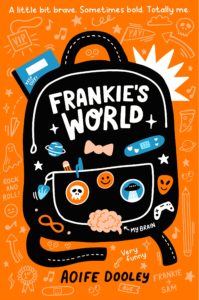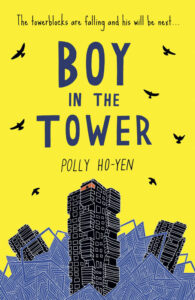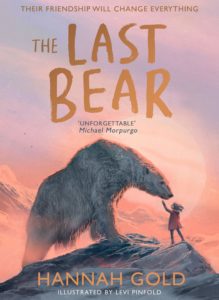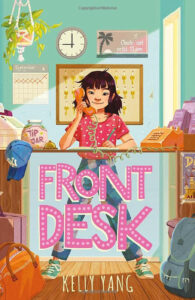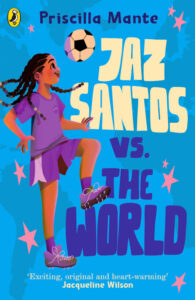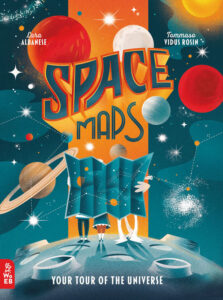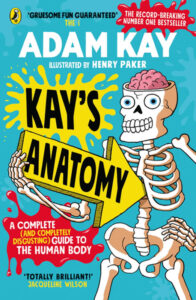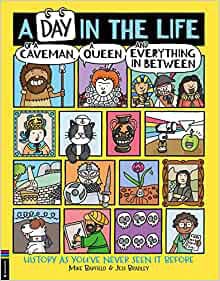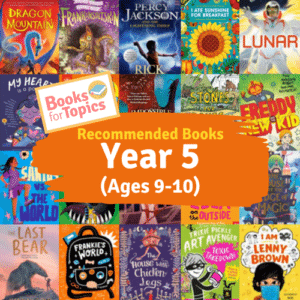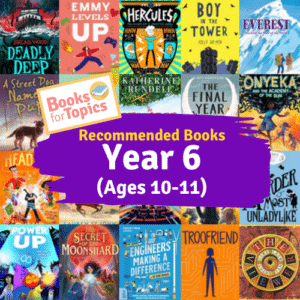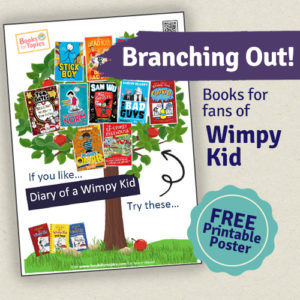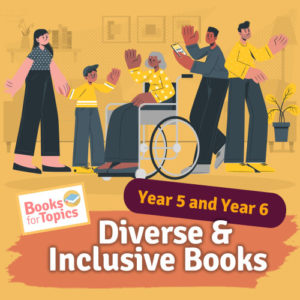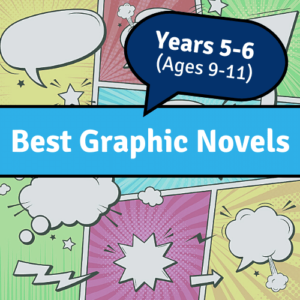Recommended Children’s Books For Children Age 10
Looking for good books for 10-year-olds? Welcome to our handpicked collection of the best books for children aged 10.
We’ve carefully chosen these recommended books for ten-year-olds to make it easier for parents, teachers, and anyone searching for quality literature for young readers. Our reviewed and curated list covers a variety of genres and themes, ensuring a balance between entertainment and education.
Whether you’re seeking thrilling adventures for keen bookworms, relatable coming-of-age stories, or super-fun illustrated reads for more reluctant readers, our guide aims to simplify the process of finding the perfect book for your 10-year-old. Featuring true classics like The Chronicles of Narnia, action-packed adventure series like Percy Jackson and popular illustrated funny stories like Freddy Vs School, we’ve covered all tastes in our top 20 picks of recommended stories for 10-year-olds.
For more comprehensive booklists, browse our lists of 50 Best Books for Year 5 or 50 Best Books for Year 6.
Explore our recommendations for age 10 children and make reading an enjoyable and enriching part of your child’s journey into the world of books.









